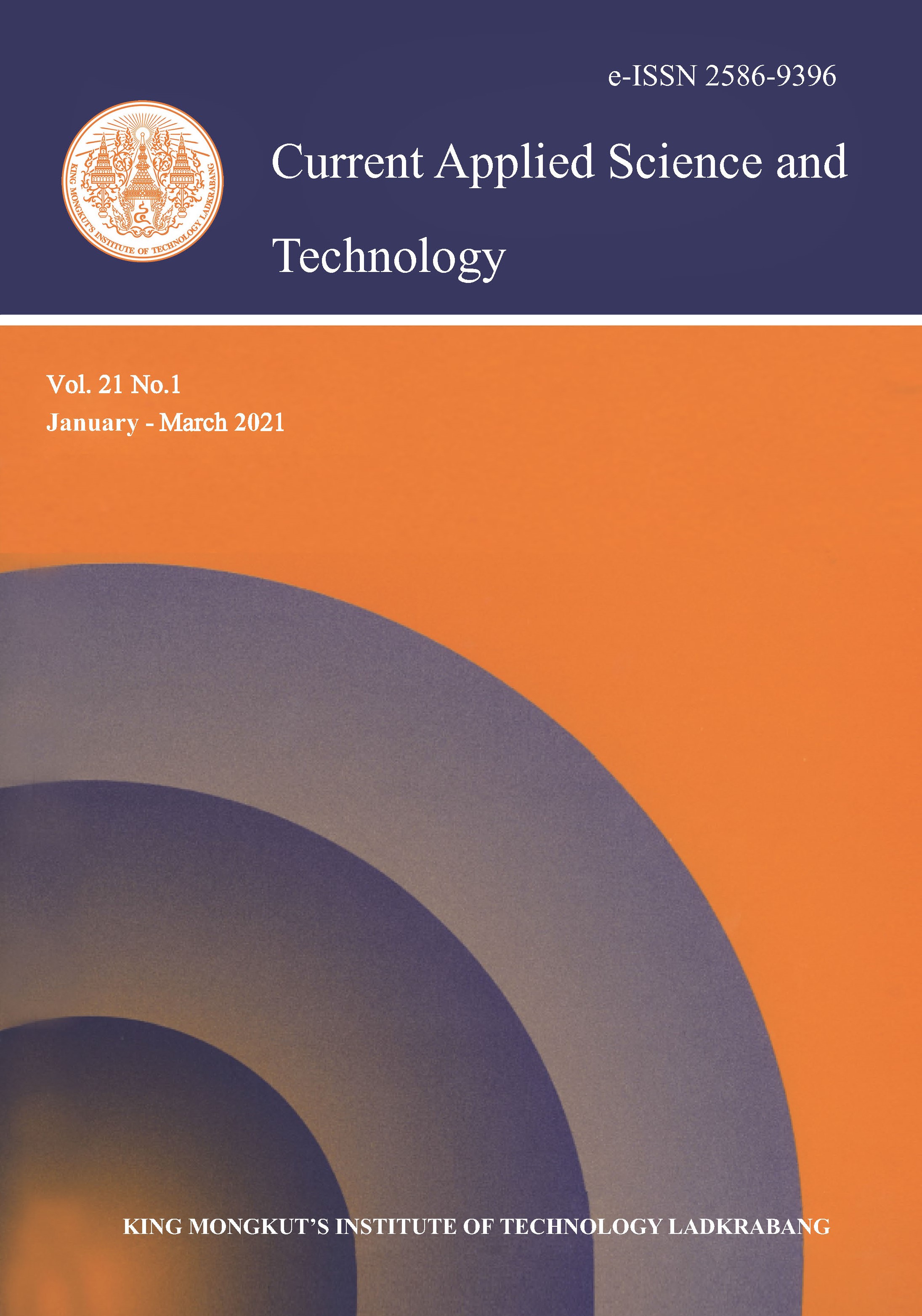Productivity Improvement of Motorcycle Headlight Assembly through Line Balancing Using Simulation Modeling: A Case Study
Main Article Content
Abstract
The purpose of this paper is to increase the efficiency of the production of motorcycle headlights by balancing the assembly line in order to achieve maximum utilization of manpower. Since the motorcycle headlight assembly in question is a new production line, this research can be seen as providing a supportive approach to achieving work full efficiency. It was observed that improvements can be made to the arrangements of the various elements that form the production line. Therefore, the reseachers proposed a solution that incorporates production line balancing and improvements of work techniques. Simulation with the Arena program is used to analyze the results of the current working conditions and these are compared to the various alternative strategies proposed. The results show that the proposed improvements can help to increase the productivity of motorcycle headlight production line (production cycle time reduced by 25.51 % and production capacity increased by 28.36 % compared to the current situation) and involve more efficient use of manpower (the utilization of manpower increased by
13.33 % compared to the exisitng situation). Moreover, this research and the proposed improvements point to further research aimed at better meeting the monthly demands for product of customer.
Keywords: Motorcycle headlight; line balancing; work improvement; simulation
*Corresponding author: Tel.: (+66)-893956932 Fax: (+66) 343511404
E-mail: fengawbo@ku.ac.th
Article Details
Copyright Transfer Statement
The copyright of this article is transferred to Current Applied Science and Technology journal with effect if and when the article is accepted for publication. The copyright transfer covers the exclusive right to reproduce and distribute the article, including reprints, translations, photographic reproductions, electronic form (offline, online) or any other reproductions of similar nature.
The author warrants that this contribution is original and that he/she has full power to make this grant. The author signs for and accepts responsibility for releasing this material on behalf of any and all co-authors.
Here is the link for download: Copyright transfer form.pdf
References
Zupan, H. and Herakovic, N., 2015. Production line balancing with discrete event simulation: A case study. IFAC-PapersOnLine, 48(3), 2305-2311.
Helgeson, W.B. and Birnie, D.P., 1961. Assembly line balancing using the ranked positional weighting technique. Journal of Industrial Engineering, 12, 394-398.
Becker, C. and Scholl, A., 2006. A survey on problems and methods in generalized assembly line balancing. European Journal of Operational Research, 168, 694-715.
Battaïa, O. and Dolgui, A., 2013. A taxonomy of line balancing problems and their solution approaches. International Journal of Production Economics, 142(2), 259-277.
Suwiwattana, S., Kasemset, C. and Khwanngern, K., 2020. Healthcare service network analysis: Northern region’s healthcare service network of cleft lip and cleft palate. Current Applied Science and Technology, 20(2), 198-207.
Aungkulanon, P., Phruksaphanrat, B. and Luangpaiboon, P., 2020. Dynamic maintenance scheduling with Fuzzy data via biogeography-based optimization algorithm and its hybridizations. Current Applied Science and Technology, 20(2), 226-237.
Güner, M.G. and Ünal, C., 2008. Line Balancing in the Apparel Industry Using Simulation Techniques, Fibres & Textiles in Eastern Europe, 16(2), 75-78.
Kusoncum, C., Sethanan, K., Erni, P.P., Neungmacha, W., 2018. Simulation-based approaches for processes improvement of a sugar mill yard management system: A case study of the sugar industry in the central region of Thailand. Engineering and Applied Science Research, 45(4), 320-331.
Carson J.S., 2005. Introduction to modeling and simulation. Proceedings of the 2005 Winter Simulation Conference, Orlando, USA, December 4, 2005, 9-16.
Krantikumar, B.C. and Abid M.M., 2015. Application of Ranked Position Weighted (RPW) Method for Assembly Line Balancing, International Journal for Research in Applied Science & Engineering Technology, 3(6), 254-262.


